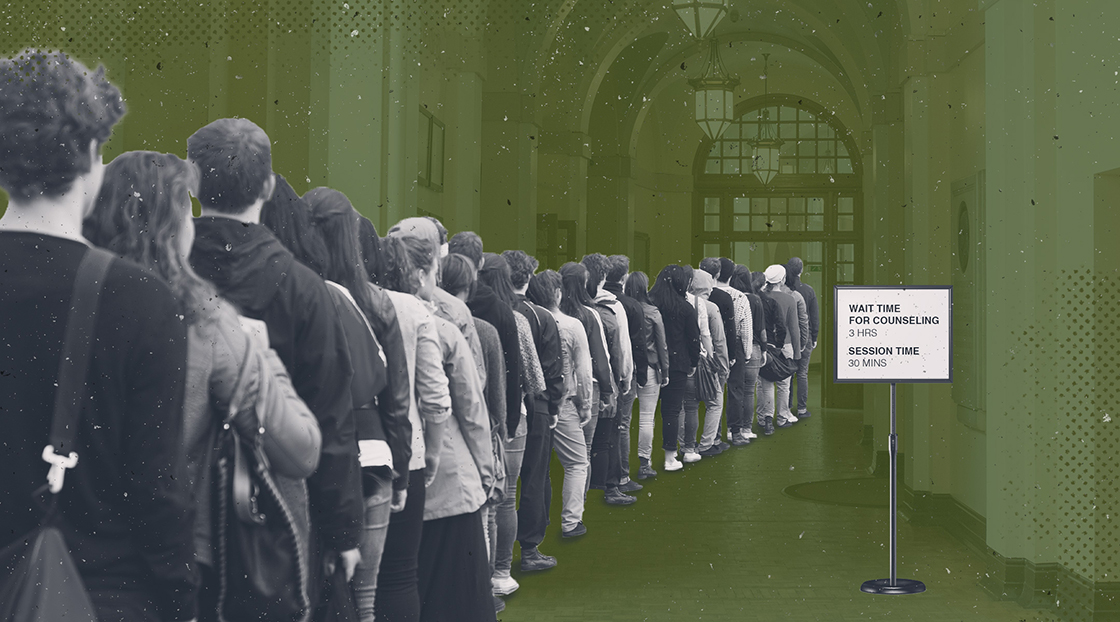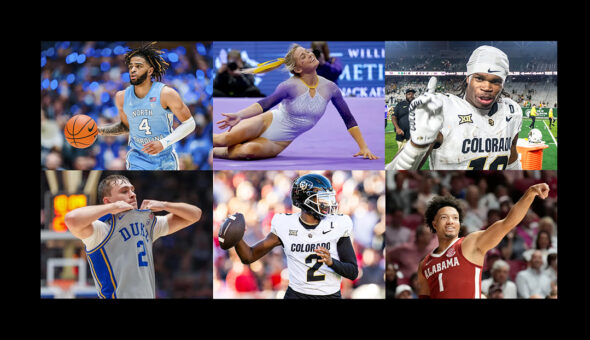Reactive vs. Proactive
Dr. Lichtman said that most colleges provide some form of “reactive” support. What is less common is the presence of “proactive” support that provides support for long-term solutions to mental health.
“Most schools will provide various degrees of individual and group counseling for students experiencing mental health difficulty. I believe the key to meaningful change and successful leadership in this area is to provide proactive leadership,” said Dr. Lichtman.
With regards to his university, Dr. Lichtman said he has tried to focus on proactive initiatives at Touro University such as producing webinars and presentations on topics on dealing with stress from pandemic-related isolation, to relieving test-taking anxiety.
“We have also worked with specific student/program cohorts to provide management of anxiety and other mental health challenges customized to their specific needs,” said Dr. Lichtman. He adds that the university has also been engaging with student leaders in determining proactive measures to address student mental health.
However, are measures such as webinars, presentations and yoga simply enough to address student mental health concerns?
Ben Locke is the chief clinical officer at Togetherall, a peer-to-peer, anonymous support online community that is monitored by licensed, clinical mental health practitioners. The Togetherall tool is currently being offered for free to all City University of New York (CUNY) students. Locke said that higher education institutes should implement a “both-and” approach that recognizes the importance of a “basic needs” component of mental health and the specialized treatment component of addressing mental health.
“The former is characterized by being universally accessible, low cost-per-student, support mechanisms that provide baseline information, self-assessment/education/treatment, meaningful/accessible support services 24/7, and true clinical safeguarding to ensure that those at risk receive the support they need. The latter is characterized by varying levels of traditional mental health services such as triage/referral, case management, crisis support, counseling, psychiatry, etc., for those in need,” said Locke.
Locke said that through colleges investing in licensed mental health practitioners while also investing in low-cost universal tools and applications, universities may be better equipped to deal with rising mental health concerns among students.
However, he stressed that there is no “one-size-fits-all approach” regarding individual universities creating solutions to address mental health issues within their student population. Although proactive leadership when it comes to addressing mental health is important, Locke noted reactive leadership can also be helpful.
“Reactive leadership decisions in the face of a rare crisis can be counterproductive. On the other hand, reactive leadership can be important for implementing newly emerged initiatives that stakeholders have identified as the next priority. For example, if the stakeholders identify a clearly defined need for improving access to treatment services from 5% of the student body to 10%, then leadership should be appropriately reactive for the purpose of implementing that priority,” said Locke.








